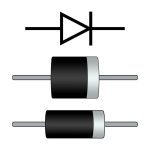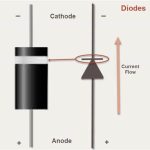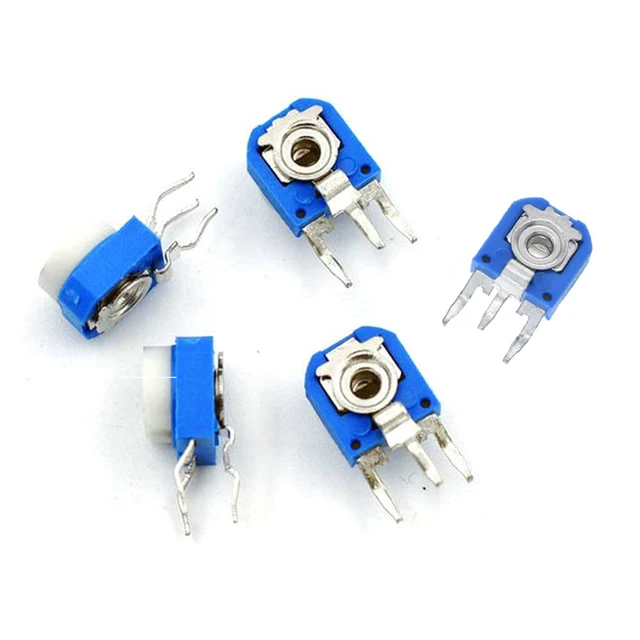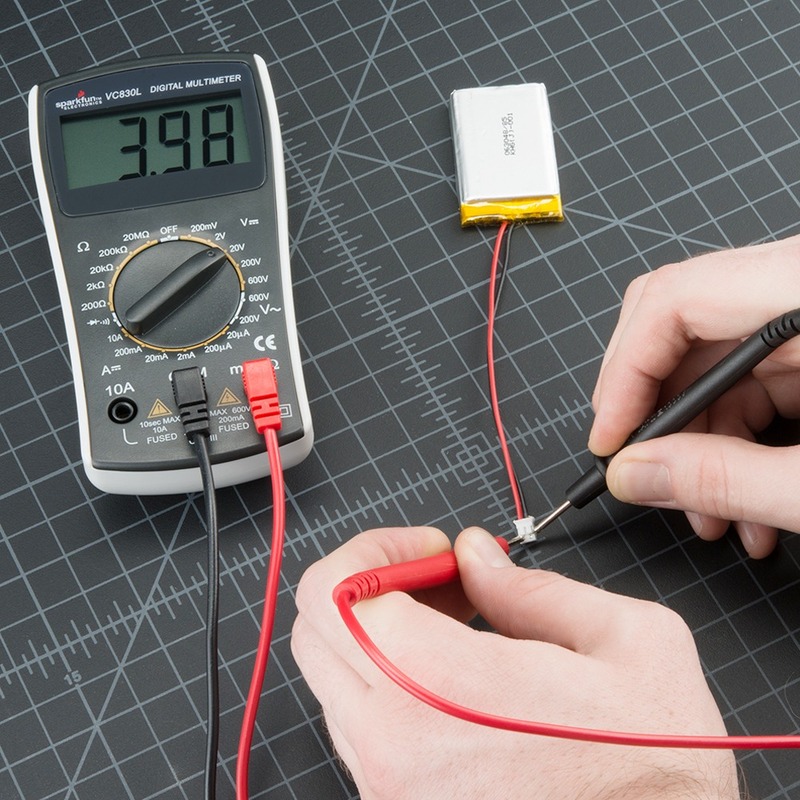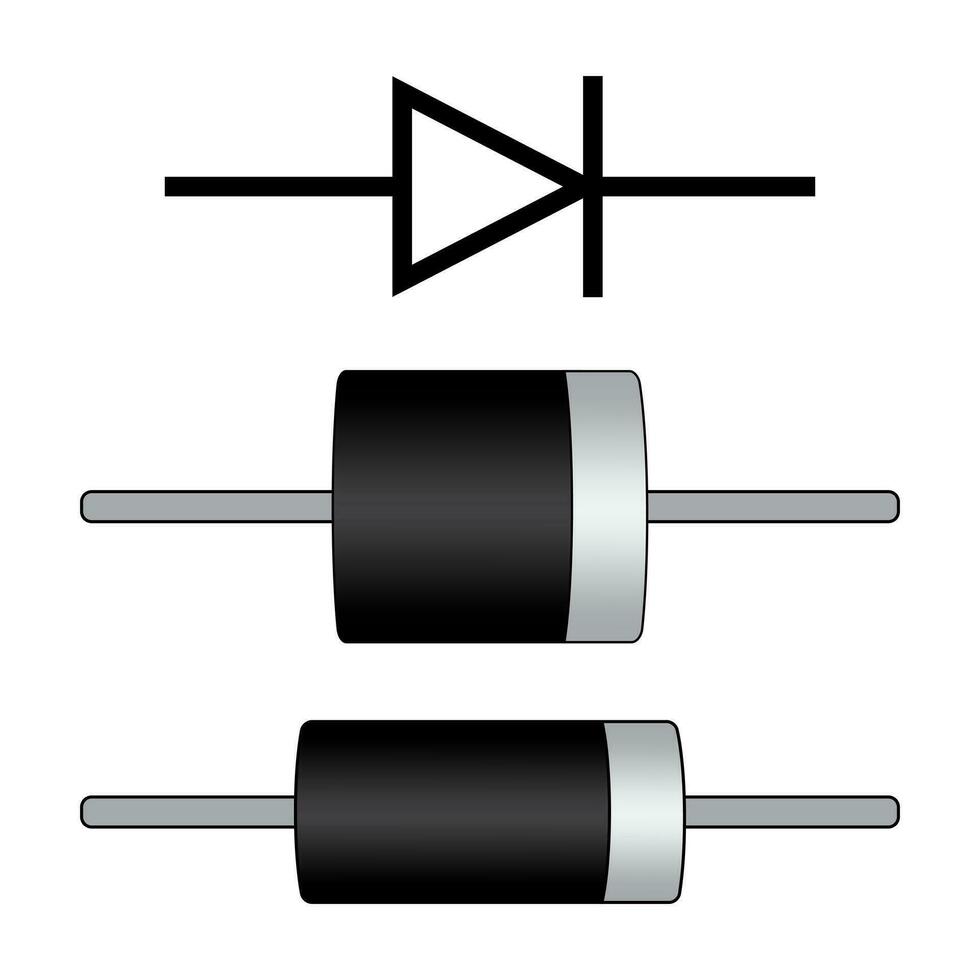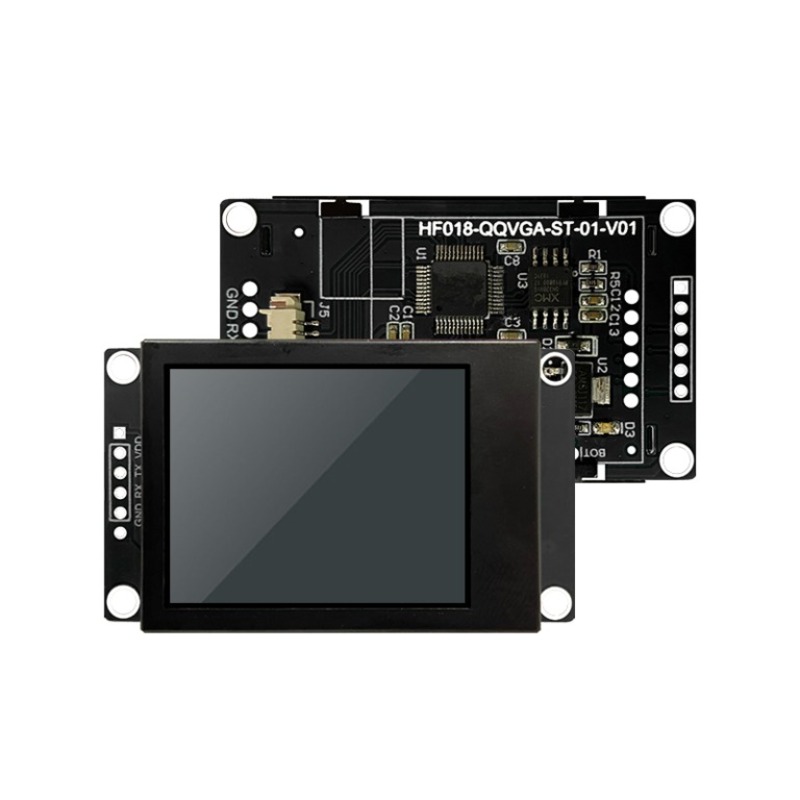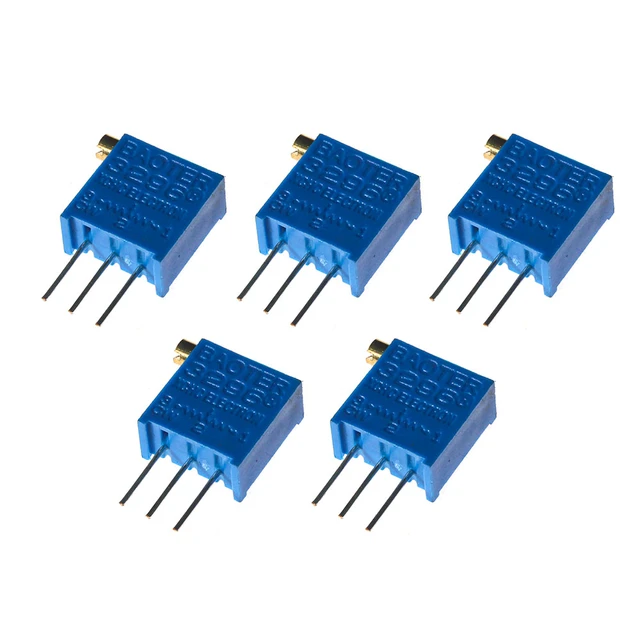 Introduction:
Introduction:
A variable resistor, also known as a potentiometer or rheostat, is an essential component in electrical and electronic circuits. It allows the adjustment of electrical resistance to control current flow or voltage levels. In this comprehensive guide, we will explore the definition, types, working principles, and applications of variable resistors. By understanding the characteristics and versatility of variable resistors, we can appreciate their significance in various technological fields and electrical systems.
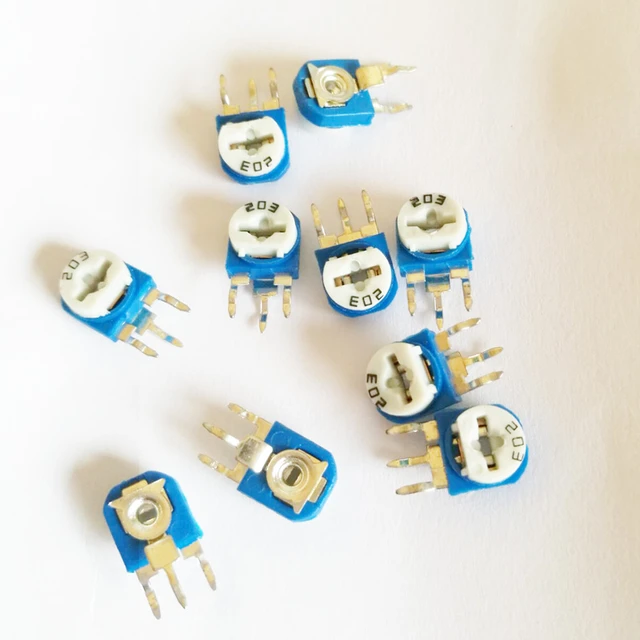 Definition and Types of Variable Resistors
Definition and Types of Variable Resistors
Variable Resistor Definition:
A variable resistor is an electronic component that provides adjustable resistance in a circuit.
It acts as a voltage divider or current limiter, modifying the flow of electricity based on its resistance setting.
Types of Variable Resistors:
Potentiometers: These variable resistors have three terminals and are used to control voltage levels by adjusting the resistance between two terminals.
Rheostats: These variable resistors have two terminals and are employed to control current flow by changing the resistance in a circuit.
Working Principles of Variable Resistors
Resistive Element:
Variable resistors have a resistive element, which may be made of materials such as carbon, wirewound, or conductive plastic.
The resistive element determines the range and accuracy of resistance adjustment.
Wiper or Slider:
Variable resistors consist of a wiper or slider, which moves along the resistive element to vary the effective resistance.
The wiper’s position determines the amount of resistance included in the circuit.
Mechanical or Digital Control:
Variable resistors can be controlled mechanically, with a physical knob or lever adjusting the wiper position.
Digital variable resistors feature electronic control, where resistance values are set digitally or through microcontrollers.
Applications of Variable Resistors
Volume and Tone Control:
Variable resistors, often in the form of potentiometers, are used in audio systems to control volume or tone settings.
They allow users to adjust sound levels or frequency responses according to personal preferences.
Lighting Dimming:
Variable resistors find application in lighting systems, allowing users to adjust the brightness of lamps or LEDs.
They provide convenient control over lighting levels for various environments or mood settings.
Motor Speed Control:
Variable resistors, such as rheostats, are utilized to adjust motor speed by regulating the current flow.
They allow precise control over motor rotation rates in applications such as fans, conveyors, or variable-speed drives.
Test and Measurement Equipment Calibration:
Variable resistors are crucial in calibrating and adjusting test and measurement equipment, ensuring accurate readings.
They help align instrument settings or simulate specific resistance values for calibration purposes.
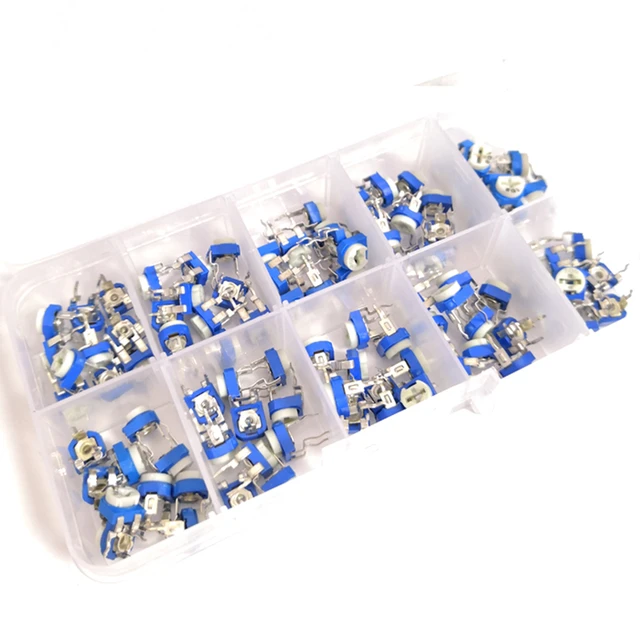 Advantages and Considerations
Advantages and Considerations
Advantages of Variable Resistors:
Flexibility: Variable resistors offer adjustable resistance, providing control and adaptability in electrical circuits.
Simplicity: They are straightforward to use, requiring no complex configurations or additional components.
Considerations for Variable Resistors:
Power Dissipation: Variable resistors may generate heat when used in high-power applications, requiring proper heat dissipation.
Tolerance and Linearity: Variable resistors may have inherent tolerance and non-linear characteristics, which should be considered for precise applications.
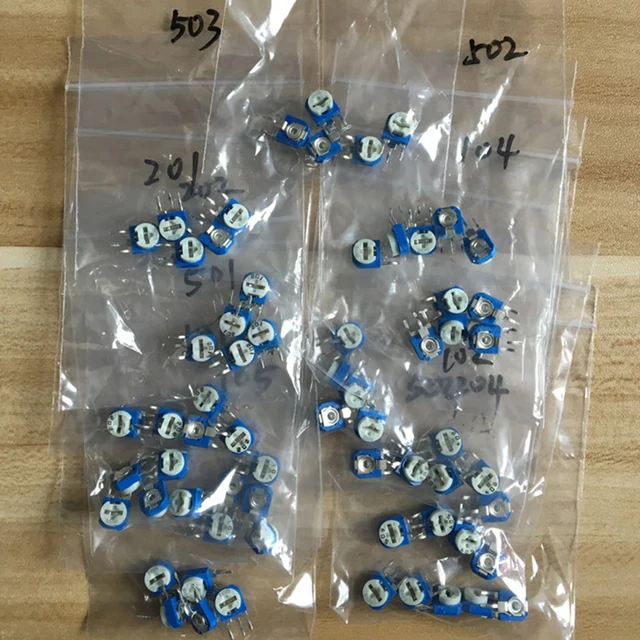 A step-by-step guide on how to measure a variable resistor:
A step-by-step guide on how to measure a variable resistor:
To measure a variable resistor, also known as a potentiometer, you can use a multimeter. Here’s a step-by-step guide on how to measure a variable resistor:
Set the Multimeter:
Turn on the multimeter and set it to the resistance measurement mode, usually denoted by the Greek letter “Ω” (ohm) or the word “Resistance”.
Ensure Power is Off:
Before measuring the variable resistor, make sure the circuit or component you are testing is not powered. Disconnect any power source to prevent damage to the multimeter and ensure accurate measurements.
Connect the Test Leads:
Connect the test leads of the multimeter to the two outer terminals of the variable resistor, often referred to as the “wiper” and one of the outer terminals. The red lead is usually connected to the positive or “VΩ” terminal, and the black lead to the common or “COM” terminal on the multimeter.
Adjust the Variable Resistor:
Gradually adjust the variable resistor to its maximum or minimum position, depending on the specific type. This step ensures that you measure the entire range of resistance.
Take the Measurement:
While adjusting the variable resistor, observe the resistance value displayed on the multimeter. The reading will change as you adjust the resistance of the variable resistor.
Note the Maximum and Minimum Values:
Take note of the maximum resistance (when the variable resistor is set to its maximum position) and the minimum resistance (when set to its minimum position). These values are essential for determining the range and potential applications of the variable resistor.
When measuring a variable resistor, it’s important to remember that the resistance value may not be accurate at every point due to variations in the component or its calibration. Additionally, ensure a good connection between the test leads and the variable resistor terminals for accurate measurements.
Please refer to the user manual of your specific multimeter model for detailed instructions, as the operation may vary slightly between different multimeters.
Some tips for maintaining and taking care of a variable resistor:
Maintaining and caring for a variable resistor, also known as a potentiometer, can help ensure its proper functioning and longevity. Here are some tips for maintaining and taking care of a variable resistor:
Avoid Excessive Force:
When adjusting the variable resistor, apply gentle and controlled force to prevent damaging the internal components. Excessive force can lead to loose connections or breakage.
Keep it Clean:
Regularly clean the variable resistor to prevent dust, dirt, or debris from accumulating on the surface or inside the potentiometer. Use a soft, dry cloth or a gentle brush to remove any particles.
Avoid Moisture and Water Exposure:
Moisture or water can cause corrosion and damage the variable resistor. Keep it away from areas prone to spills or damp environments. If necessary, consider using a protective cover or enclosure for added protection.
Check for Loose Connections:
Periodically inspect the connections of the variable resistor to ensure they are secure. Loose connections can lead to unreliable readings or intermittent operation. If necessary, tighten any loose screws or terminals.
Avoid Excessive Heat:
Extreme heat can affect the performance and lifespan of the variable resistor. Avoid exposing it to excessive heat sources or direct sunlight. Additionally, avoid soldering or applying excessive heat to the terminals or wiper of the resistor.
Use Correct Ratings and Specifications:
Ensure that the variable resistor is used within its specified voltage and current ratings. Using it beyond its designed limits can lead to overheating, damage, or inaccurate resistance readings.
Calibrate if Required:
In some cases, variable resistors may require calibration to maintain accurate resistance values. Follow the manufacturer’s instructions or consult a professional if calibration is necessary.
By following these maintenance tips, you can help prolong the lifespan and reliable operation of a variable resistor. Regular inspection and care contribute to the optimal performance of the resistor in various applications.
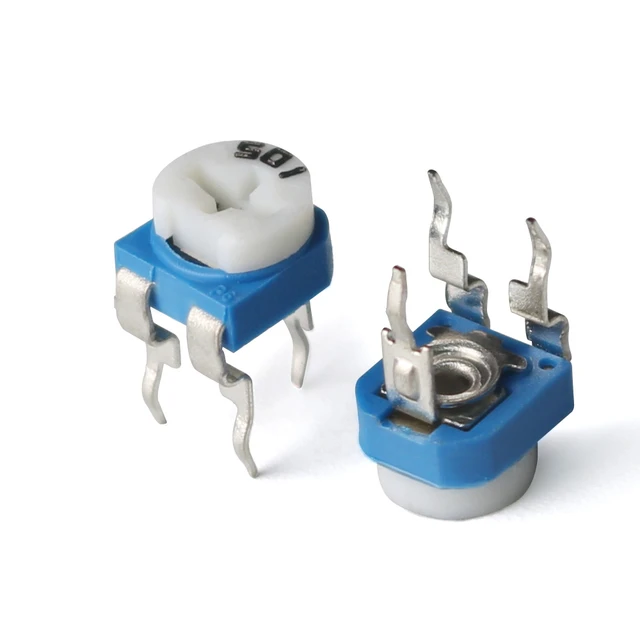 Conclusion:
Conclusion:
Variable resistors are important components in electrical and electronic circuits, offering adjustable resistance to control current or voltage levels. Through potentiometers and rheostats, they enable volume and tone control, lighting dimming, motor speed adjustments, and test equipment calibration. By understanding the working principles and applications of variable resistors, engineers, technicians, and enthusiasts can harness their capabilities in diverse fields. Careful consideration of power dissipation, tolerance, and linearity ensures proper selection and utilization of variable resistors for optimal circuit performance. Embracing the versatility of variable resistors enhances our ability to control and manipulate electrical parameters, driving innovation and advancement in various industries.


